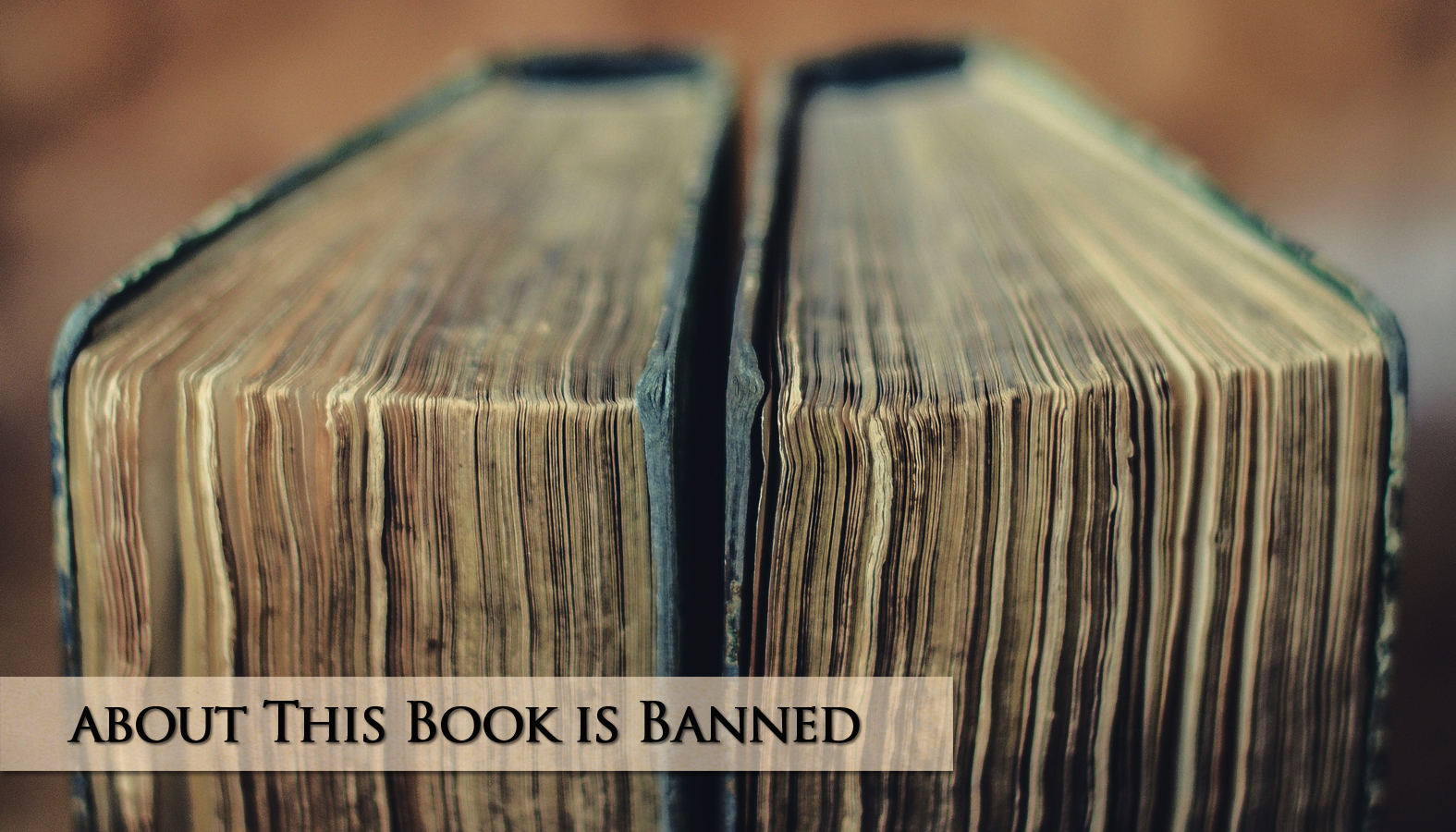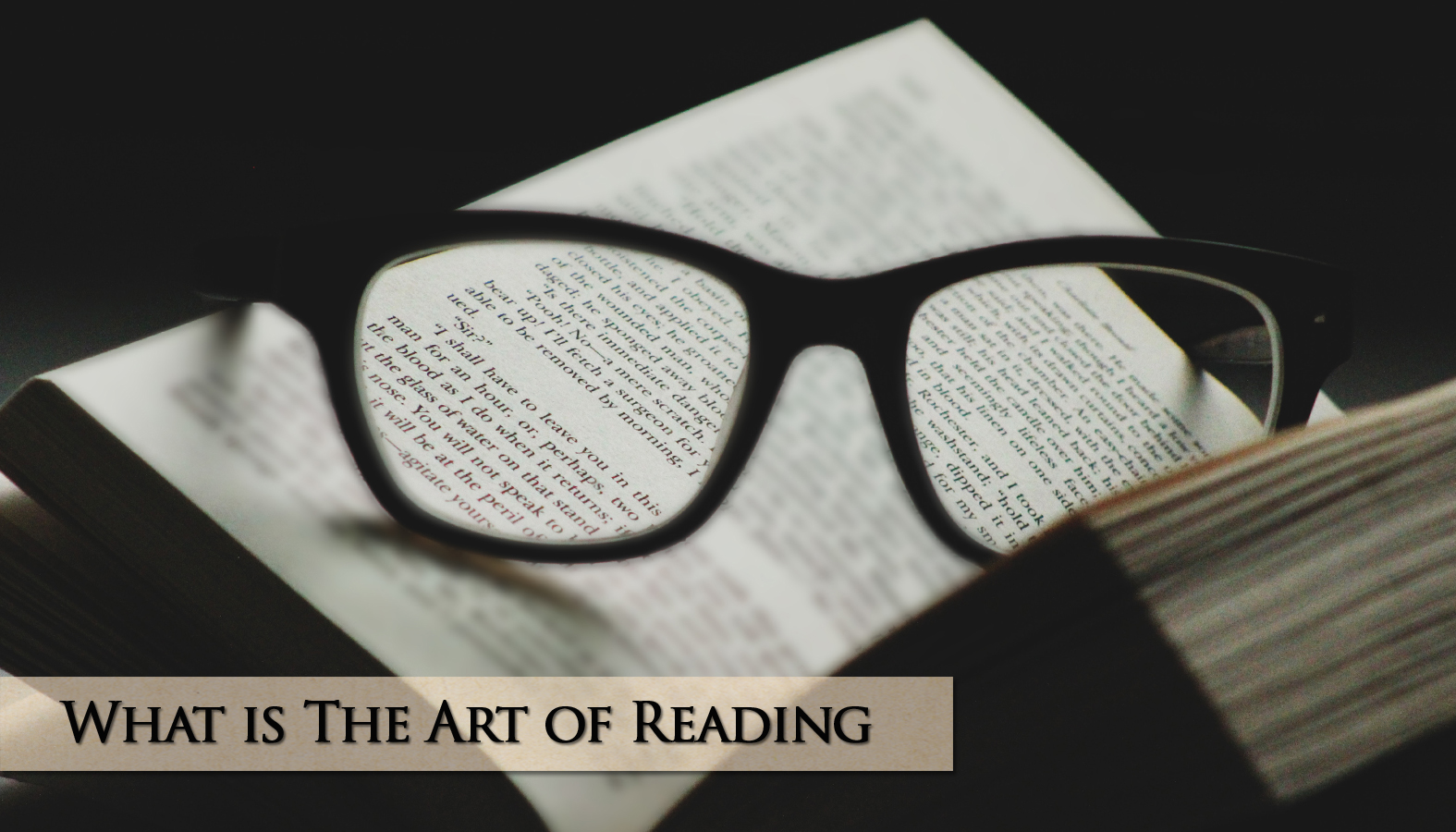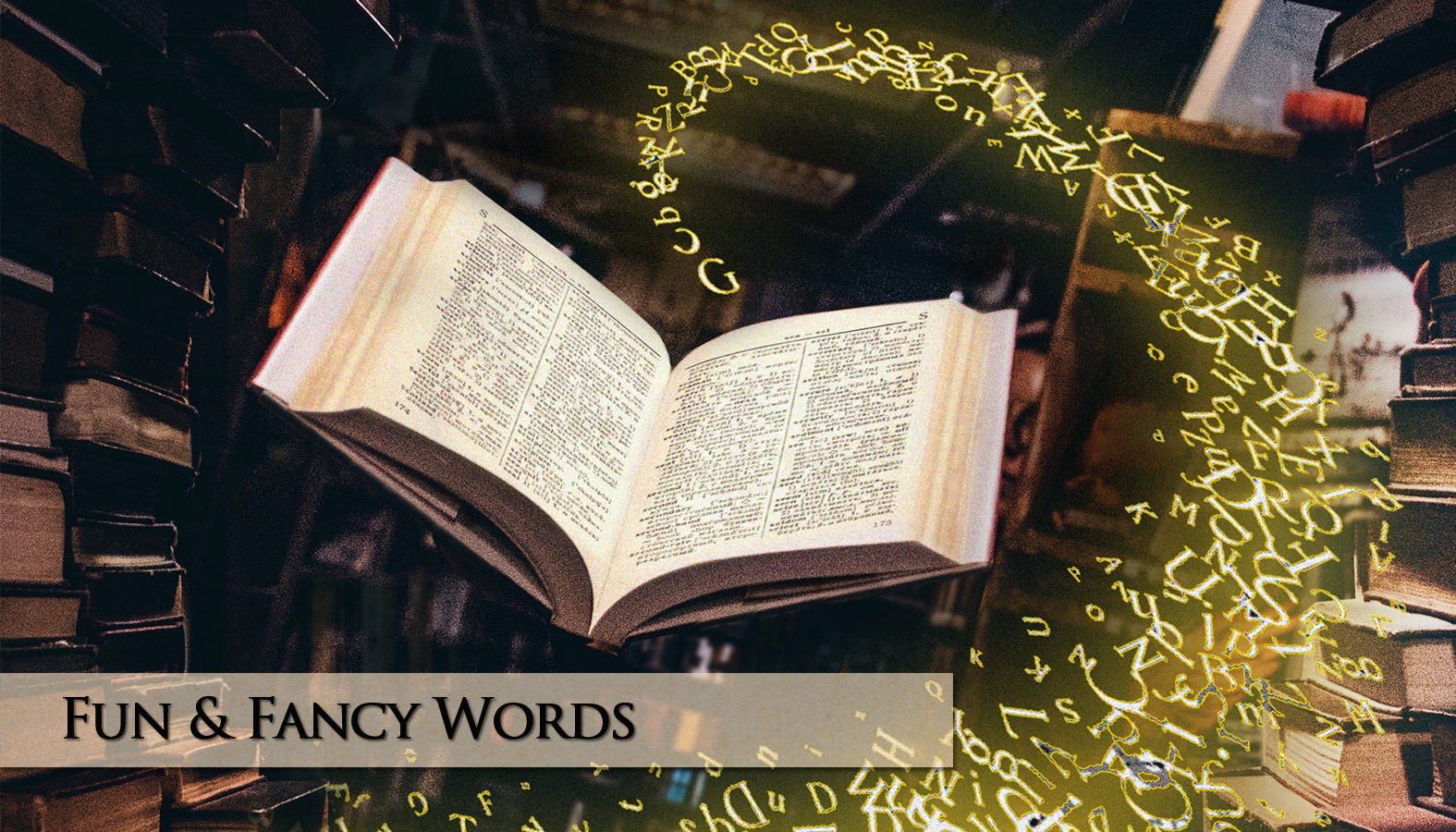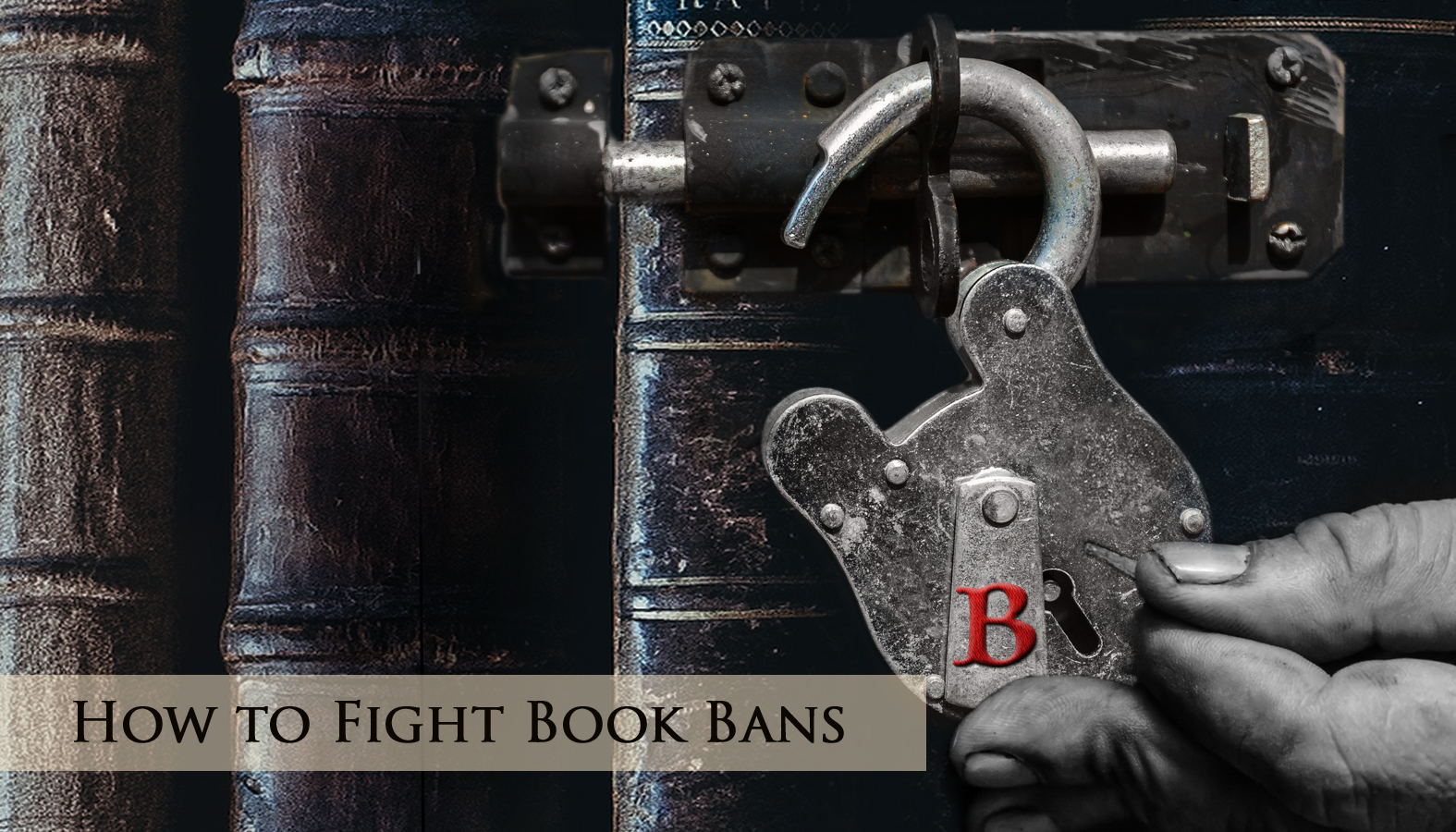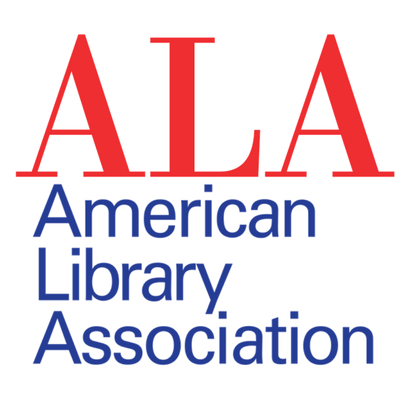
This book has been banned!
What exactly does it mean
to ban a book?
 B
B
ooks are being banned in this country at an alarming rate. In fact, an all-time high of nearly 1,500 bans were put in place during the first half of the 2022-2023 school year. But what exactly does that mean? Here’s a definition.
Though challenging a book might sound like a person or group simply expressing displeasure, it’s more than that. The American Library Association describes challenging a book as an effort to remove that book from school curriculums or libraries, restricting everyone’s access to it.
Banning a work is the actual removal of a book from the institution in question. It’s important to note… it is often said that pulling a book from a school curriculum or library does not constitute banning, because that book is still available elsewhere. But if a book has been banished from a school curriculum, for example, it has indeed been banned.
And even if it’s restored to the curriculum or library in question, it is still accurate to refer to it as banned, just as retired Senators continue to be addressed by their title after they no longer serve in congress.
When it comes to why books get banned, Ursula K. Le Guin summed up the bottom line nicely when she said that a so-called dangerous book “will always be in danger from those it threatens with the demand that they question their assumptions. They’d rather hang on to the assumptions and ban the book.”[1]
Here’s an overview of Book Banning & Burning Throughout History.
And, a list of resources for free books. So you can Read, Read, Read!
_________________________________________________
[1] Le Guin, Ursula K. “Unquestioned Assumptions.” The Wave in the Mind: Talks and Essays on the Writer, the Reader, and the Imagination. (Boston: Shambhala, 2004), 248.





